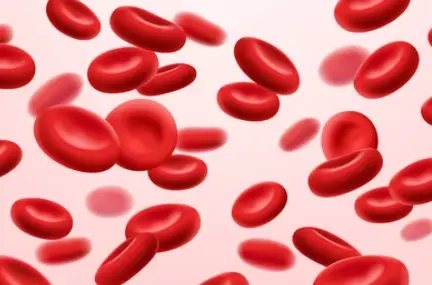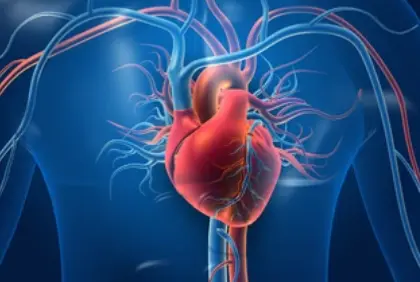 Welcome
Welcome
“May all be happy, may all be healed, may all be at peace and may no one ever suffer."
Erythema multiforme - Generics
Erythema multiforme (EM) is a skin condition characterized by the appearance of target-like lesions on the skin. The lesions typically start as small red spots that then develop into larger, raised, and circular areas with central clearing. EM can affect both children and adults and can be caused by various factors, including infections, medications, and autoimmune disorders.
EM is usually self-limiting, and the lesions typically resolve on their own within 2-4 weeks. However, in some cases, EM can be more severe and cause symptoms such as blistering, ulceration, and involvement of mucous membranes such as the lips, mouth, and eyes. In severe cases, EM can progress to a potentially life-threatening condition known as Stevens-Johnson syndrome (SJS) or toxic epidermal necrolysis (TEN).
The most common cause of EM is a viral infection, such as herpes simplex virus or Mycoplasma pneumoniae. Other factors that may trigger EM include medications such as antibiotics, anticonvulsants, and nonsteroidal anti-inflammatory drugs (NSAIDs). In some cases, EM may be associated with an underlying autoimmune disorder, such as lupus or dermatomyositis.
Treatment for EM depends on the severity of the condition and the underlying cause. Mild cases of EM may not require treatment, while more severe cases may require hospitalization and management of complications such as dehydration and infection. Corticosteroids are often used to reduce inflammation and accelerate healing, and antihistamines may be used to relieve itching. In cases where EM is triggered by an infection, treatment of the underlying infection is also important.

Hypersecretory conditions

Hypoprothrombinemia

Cleansing and irrigating...

Surgery

Poison oak

Atrial fibrillation

Peripheral neuralgias: Di...

Anal or vulvar pruritus
Erythema multiforme, এরিথেমা মাল্টিফর্ম
To be happy, beautiful, healthy, wealthy, hale and long-lived stay with DM3S.